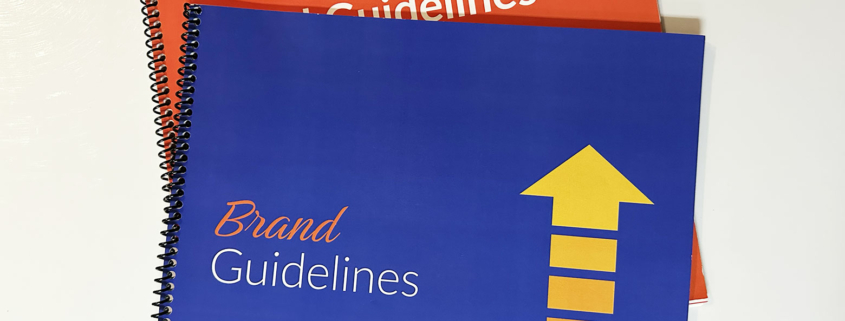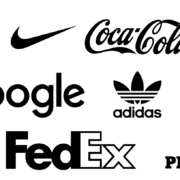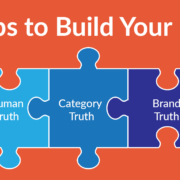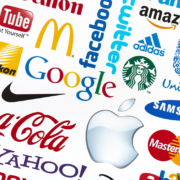Why Should I Care About Brand Guidelines? Why Do They Matter?
Trust us – you need to establish brand guidelines. But how do you do that? Many business owners don’t even know what they are; that’s why we’re here.
Think of your brand as a person. Brand guidelines are all the different parts that make up this person’s personality (a.k.a. brand identity). Let’s just dive right in.
What Even Are Brand Guidelines?
They’re more important than you think. Brand guidelines are a rule book of in-depth standards for how your company’s digital and visual identity should be conveyed. They typically include all the brand elements, from the logo to messaging. This also goes for how the brand should be used in different contexts, such as social media, packaging, and advertising. It’s all about brand consistency.
Basically, all that means is brand guidelines are uniform for your brand. You’ll appear like you know what you’re doing to consumers. The easiest way to make your audience think you’re just flying by the seat of your pants is to have an inconsistent brand identity. If you don’t know your own brand, how do you expect others to get it — and buy in?
Making the Rules
As a consumer, are you more likely to trust a brand if it seems like they have their sh*t together? Exactly. Consistency leads to audience loyalty. Wouldn’t it be awesome if a customer immediately thought of you when looking at a certain color or image? That’s what a good brand identity can accomplish. So, what should be in your rule book?
Don’t Skip These Brand Elements
-
- Mission statement – Briefly say what your brand’s goals are (but don’t overcomplicate it).
- Tone – How your brand talks with your audience. It should fit with the vibe of your overall brand. For example, a conversational tone will be more interactive with customers than a formal tone of voice (although there’s definitely room for both in certain circumstances).
- Color palette – These are color schemes you want your brand to use. These colors are spelled out by including the exact CMYK, RGB, and HEX color codes (yes, colors have codes). Colors can be easily overlooked, but you’ll look foolish if orange is your color and you show up in yellow merch.
- Logos – This one’s self-explanatory: it’s your brand’s logo. Even when you have different logo variations, they should still stay on brand. A lot of times, companies will have a primary logo, one that’s just their icon, and one that’s formatted for horizontal use, just to name a few.
- Typography – The combination of fonts and sizes you want your brand to use (for the love of all that exists, stay away from Comic Sans).
- Writing style – This is the boring grammar stuff. How will you spell out dates and times? Are you typing out all your numbers? Are you team Oxford comma? Is your period going inside or outside quotation marks? You have to answer all these fun questions so everyone on your team is on the same page.
- Tagline – This is your brand’s catchphrase. It reflects your brand’s value. It can be funny, serious, snarky, or whatever you want — as long as it’s catchy and makes sense for you.
- Brand style guide – Think about what you want to be presented with your brand, from visuals and images to templates of your web pages.
Is every single set of brand guidelines the same? Heck no. Just like with everything in marketing, there isn’t a one-size-fits-all. You’ve got to find what works for your brand. It does help, though, to include your brand story, brand voice, and visual elements to use on digital platforms (iconography) as well as printed assets like letterheads and business cards. The most important thing is to communicate your guidelines to everyone on your team so they can maintain your brand.
Brand Guidelines in Action
A great brand guideline example is from Youngstown State University. Everything is covered, from design elements and typefaces to brand colors and logo design. Look at how brand assets include logo usage; it breaks down different versions of the logo for digital, print, and brand messaging. Designated versions of your logo help keep your brand consistent even while using them in different contexts.
Also, take a peek at Slack’s strong brand guidelines. They specifically talk about brand personality and give examples of different graphic design elements. Use these strong examples as a brand guidelines template when you start your own.
When To Introduce Rules To Employees
Get employees familiar with your brand book immediately. The sooner everyone practices consistent brand identity guidelines, the sooner your company name will be a recognizable brand. It needs to start with your internal team before you can face the world.
During Training
Discuss your brand guidelines as you onboard new hires. They’ll get a feel of company culture straight from day one. A consistent tone of voice will make it easier for new employees to quickly get acclimated and feel like an integral part of the team once they start writing content for your brand.
Rebranding
Consider rebranding if your brand vision doesn’t match up with your brand name or other elements have changed. It’s part of a growing process. Shift happens. Whether it’s a small change or a huge rebrand, get your team acquainted with new brand elements as soon as there’s an update.
Who Does Brand Guidelines?
We love this kind of stuff! Just like our tagline states, we want to raise your expectations. Lift Marketing is all about helping you build your brand. Our creative team will work with you to help you stay on-brand — developing your brand guidelines and helping you stick to them. Give us a call so we can bulk up your brand.












